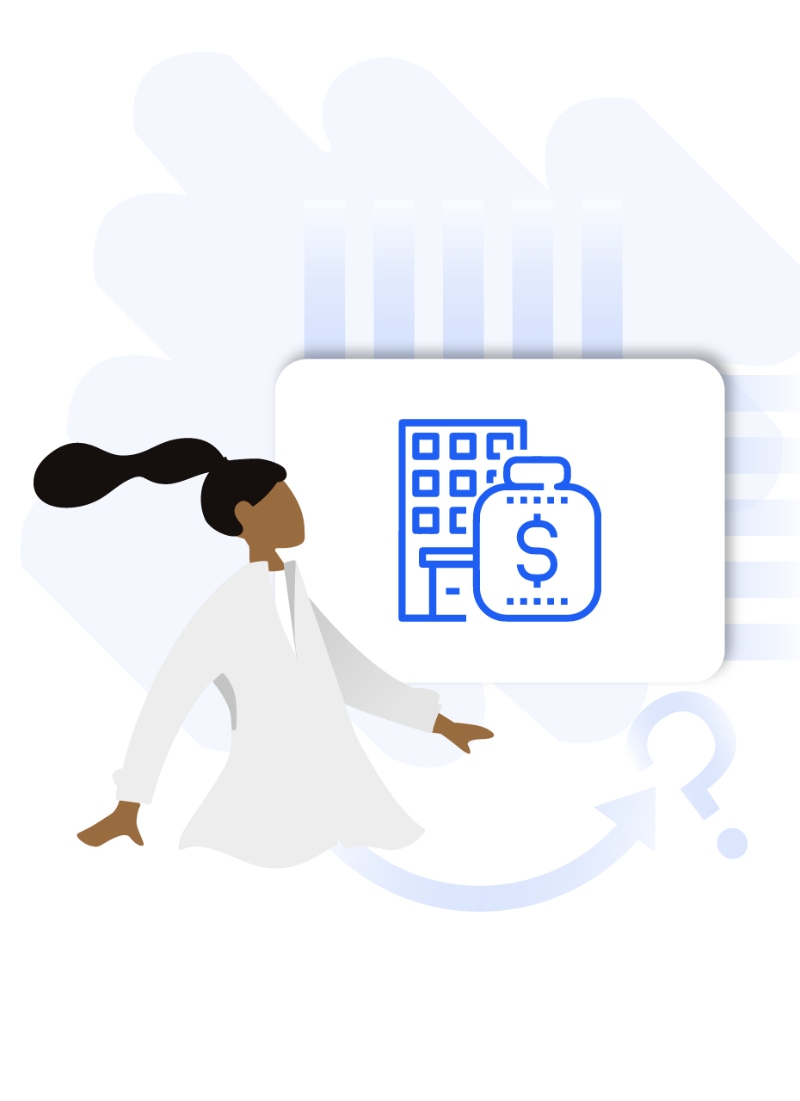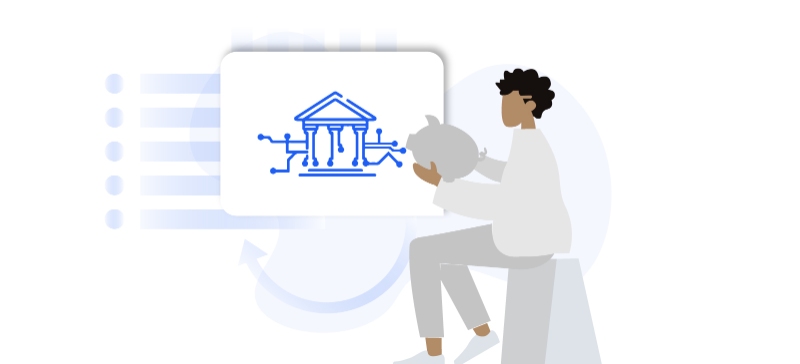
When it comes to the banking sector, digitization is taking over rapidly. One significant development was made in this regard in early 2018 through the concept of ‘Open Banking’ which essentially enabled mainstream financial institutions, non-bank financial institutions, and other third-party service providers to get access to sensitive customer data through details of their online payment accounts.
However, this one-sided nature of Open Banking was questioned by many, and thus the concept of Open Finance came into the picture. Open Finance is a much broader phenomenon that grants customers a much wider control over the information that they share with these service providers and is making it more customer-centric and friendly. While this is still in development, let’s see what these concepts actually mean and how they can be beneficial for both, the banking sector and the consumers.
What is Open Banking?
Open Banking, also known as ‘open bank data’, is a way of banking that enables third party financial service providers to get open access to transactions, customer banking, and other data from traditional banks and financial institutions. This is done with the use of application programming interfaces, or APIs. It enables the networking of data and accounts across financial institutions, and can be used by customers, financial institutions, third-party services providers. The aforementioned third parties generally include tech startups and online financial service vendors. This concept can help customers share their financial data with financial institutions securely. Open Banking, as a whole, is a unique innovation that is reshaping the entire banking industry.
What is Open Finance?
Open Finance refers to a much broader concept, the foundation for which has been Open Banking. It is a potential financial service that sets its footholds in the financial world in September 2019, and according to the Financial Conduct Authority, it would extend Open Banking’s key principles to give customers and businesses a wider autonomy and control over their data and its sharing. This data would include important financial information such as mortgages, savings, insurance, investments, pension, and customer credit, to name a few. The reason why Open Finance has been developed is to put the customers’ interest at priority and encourage better competition, developments, and innovations in the financial services field.
From Open Banking to Open Finance
Open Banking was introduced to the world in 2018, and it has effectively paved the way for Open Finance, which is a broader concept that puts customers’ interest and data protection as major priorities. According to the Financial Conduct Authority (FCA), Open Finance aims at benefiting the customers by enabling them to engage with the financial products in a superior way and making more informed decisions.

How exactly?
In practice, a platform can help them to compare financial products and services in a convenient manner. One such example is the Personal Finance Management (PFM) Dashboard. These dashboards will clearly state the products and services, along with important information and details, and empower customers, giving them a reasonable point of view on why they have chosen the said product or service.
Another advantage of Open Finance would be accurate credit assessments. If customers want to compare and switch from one product to another, the process can be automated, and the renewal system can be made more automatic. Hence, this means increased, and better access to credit and third parties will be able to see the overall cash flow to identify suitable credit. Small and Medium Enterprises (SMEs) are also set to benefit from Open Finance as a whole by having greater control over their overall cash flow.
In conclusion, it is safe to say that Open Banking has laid the foundation for Open Finance, which puts the interest of customers at the core of its functioning, and will help them interact more efficiently and easily with these financial institutions when it comes to digital banking.


